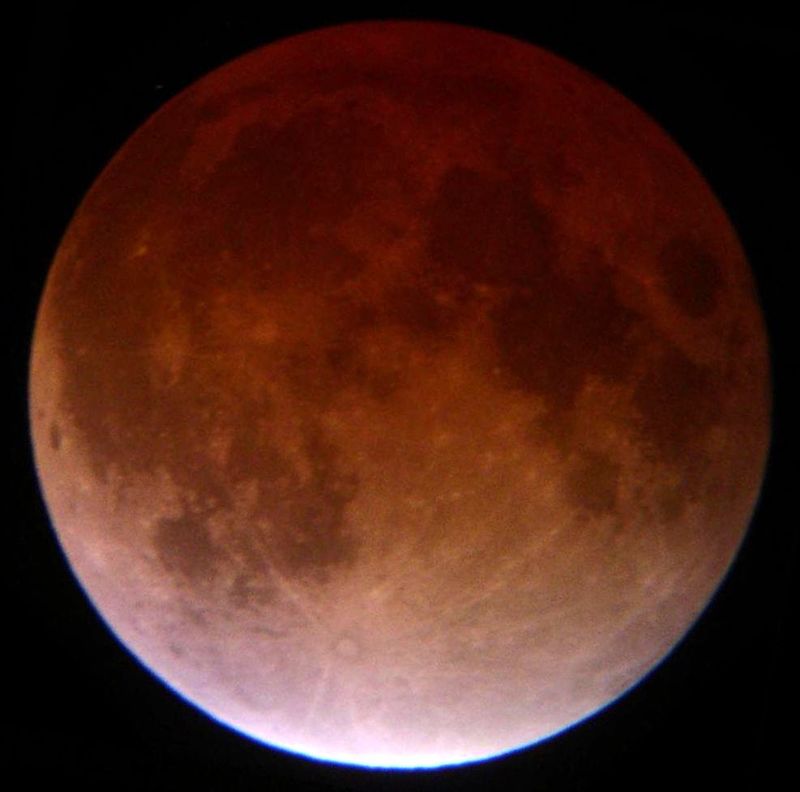On 14 November 2003, the world witnessed one of the most spectacular astronomical events—a full moon that shone brilliantly in the night sky. This particular moon was notable not just for its beauty but also for being one of the closest full moons to Earth in recent history, creating a breathtaking spectacle that captivated stargazers and casual observers alike.
As the moon reached its perigee, or closest point to Earth, it appeared significantly larger and brighter than usual, a phenomenon often referred to as a “supermoon.” Enthusiasts took to rooftops and parks to capture its glow, sharing images and experiences on various platforms. The night was filled with awe as millions looked up in wonder, reflecting on the mysteries of the universe and the celestial connection we share.
This event also sparked discussions in scientific communities about the moon’s influence on Earth, including tides and natural phenomena. The 14 November 2003 moon was a reminder of the beauty and science that coexist in our night sky, leaving a lasting impression on those fortunate enough to witness it—a night where nature showcased its grand display, inviting all to pause and appreciate the wonders beyond our planet.



